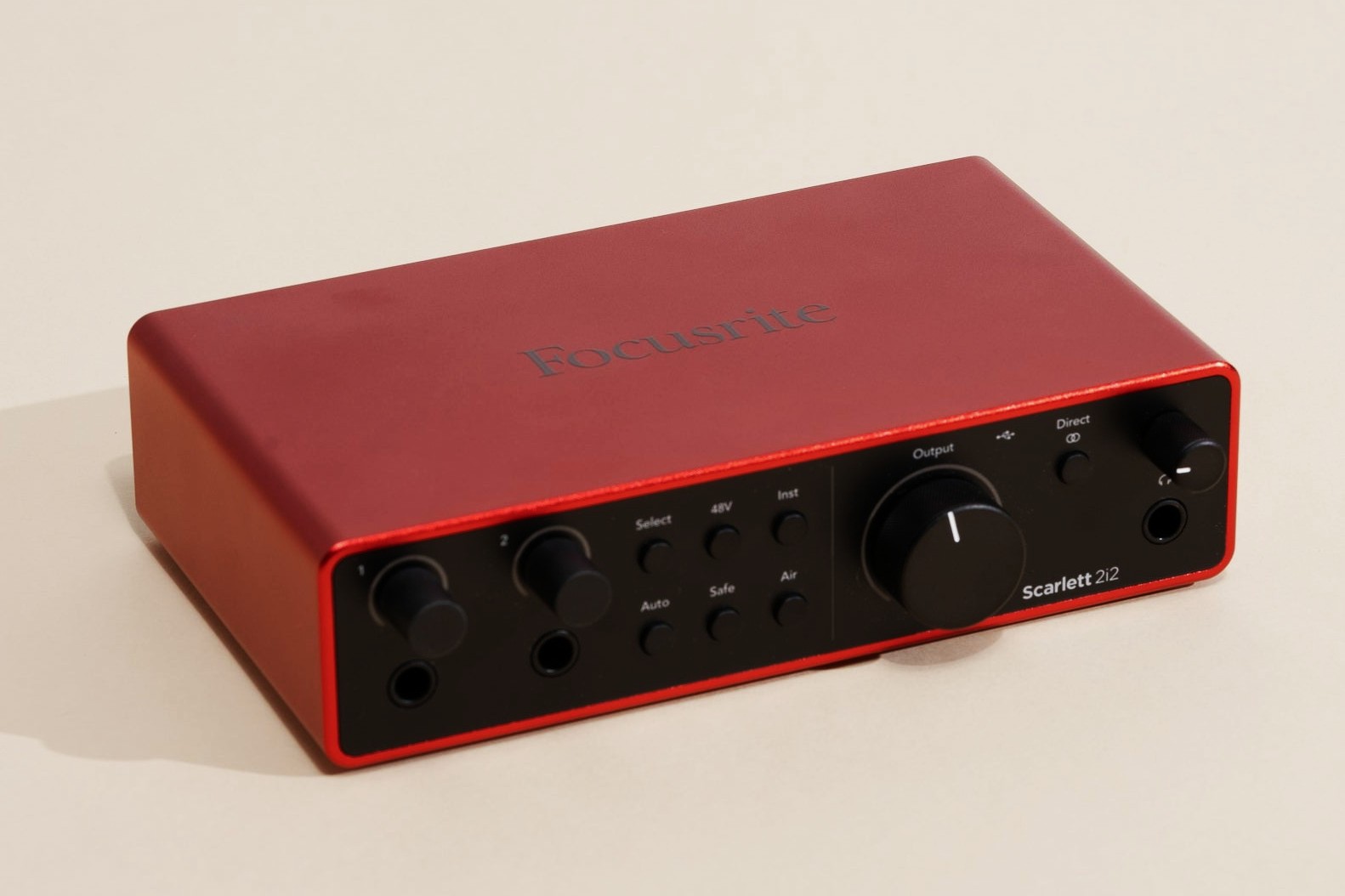
Ever wondered how musicians record crisp, clear sound in their home studios? The secret lies in an audio interface. This magical device converts analog signals from instruments or microphones into digital data your computer can process. Whether you're a budding podcaster, an aspiring musician, or just curious about sound engineering, understanding audio interfaces can elevate your projects. These gadgets come in various shapes and sizes, each with unique features tailored to different needs. From USB connections to advanced preamps, there's a lot to unpack. Ready to dive into the world of audio interfaces? Let's explore 33 fascinating facts that will make you an audio interface aficionado!
What is an Audio Interface?
An audio interface is a device that connects musical instruments, microphones, and other audio equipment to a computer. It converts analog signals into digital data that the computer can process. Here are some fascinating facts about audio interfaces.
-
Audio interfaces are essential for recording high-quality sound on a computer. They offer better sound quality than built-in computer sound cards.
-
They come in various sizes and shapes, from small portable units to large rack-mounted systems.
-
Most audio interfaces connect to a computer via USB, Thunderbolt, or FireWire.
-
They often include multiple input and output options, allowing users to connect several instruments or microphones simultaneously.
-
Some audio interfaces have built-in preamps, which boost the signal from microphones to a usable level.
How Do Audio Interfaces Work?
Understanding how audio interfaces work can help you make the most of them. They play a crucial role in converting analog signals to digital and vice versa.
-
An audio interface converts analog audio signals into digital data that a computer can process.
-
It also converts digital audio signals from the computer back into analog signals for playback through speakers or headphones.
-
The conversion process involves analog-to-digital converters (ADCs) and digital-to-analog converters (DACs).
-
High-quality ADCs and DACs are essential for maintaining the integrity of the audio signal.
-
Latency, the delay between input and output, is a critical factor in audio interfaces. Lower latency means more accurate real-time monitoring.
Types of Audio Interfaces
There are different types of audio interfaces, each suited for specific needs and setups. Knowing the types can help you choose the right one for your needs.
-
USB audio interfaces are the most common and are compatible with most computers.
-
Thunderbolt audio interfaces offer faster data transfer rates and lower latency than USB interfaces.
-
FireWire audio interfaces were popular before Thunderbolt but are now less common.
-
PCIe audio interfaces are installed inside a computer and offer the lowest latency and highest performance.
-
Portable audio interfaces are compact and designed for mobile recording setups.
Features of Audio Interfaces
Audio interfaces come with various features that enhance their functionality and usability. These features can vary widely between models.
-
Phantom power is a feature that provides power to condenser microphones through the XLR cable.
-
MIDI connectivity allows users to connect MIDI instruments and controllers to the computer.
-
Direct monitoring lets users hear the input signal without latency, which is crucial for recording.
-
Multiple inputs and outputs enable users to connect several devices simultaneously.
-
Software bundles often come with audio interfaces, providing users with digital audio workstations (DAWs) and plugins.
Benefits of Using an Audio Interface
Using an audio interface offers several benefits, especially for musicians, podcasters, and audio engineers. These benefits can significantly improve the quality of your recordings.
-
Improved sound quality compared to built-in sound cards.
-
Lower latency for real-time monitoring and recording.
-
More input and output options for connecting various audio equipment.
-
Better preamps for clearer and more accurate recordings.
-
Expandability with additional inputs, outputs, and features.
Choosing the Right Audio Interface
Choosing the right audio interface depends on your specific needs and setup. Here are some factors to consider when making your choice.
-
Number of inputs and outputs needed for your recording setup.
-
Compatibility with your computer and recording software.
-
Portability if you need to record on the go.
-
Budget, as audio interfaces come in a wide range of prices.
-
Future-proofing, considering potential future needs and expansions.
Popular Audio Interface Brands
Several brands are known for producing high-quality audio interfaces. These brands offer a range of products to suit different needs and budgets.
-
Focusrite is known for its Scarlett series, which offers excellent sound quality and value.
-
PreSonus offers a range of interfaces with various features and price points.
-
Universal Audio is renowned for its high-end interfaces and built-in DSP processing.
The Final Note on Audio Interfaces
Audio interfaces are game-changers for anyone serious about sound quality. They bridge the gap between analog and digital audio, making recordings crisp and clear. Whether you're a musician, podcaster, or just love high-quality sound, understanding these devices can elevate your audio game.
From converting signals to reducing latency, these gadgets pack a punch. They come in various shapes and sizes, catering to different needs and budgets. Some offer basic functionalities, while others are loaded with advanced features like multiple inputs, phantom power, and MIDI support.
Choosing the right one depends on your specific requirements. Do you need portability? Or perhaps multiple input channels? Knowing what you need helps narrow down the options.
In short, investing in a good audio interface can make a world of difference in your audio projects. Happy recording!
Was this page helpful?
Our commitment to delivering trustworthy and engaging content is at the heart of what we do. Each fact on our site is contributed by real users like you, bringing a wealth of diverse insights and information. To ensure the highest standards of accuracy and reliability, our dedicated editors meticulously review each submission. This process guarantees that the facts we share are not only fascinating but also credible. Trust in our commitment to quality and authenticity as you explore and learn with us.
